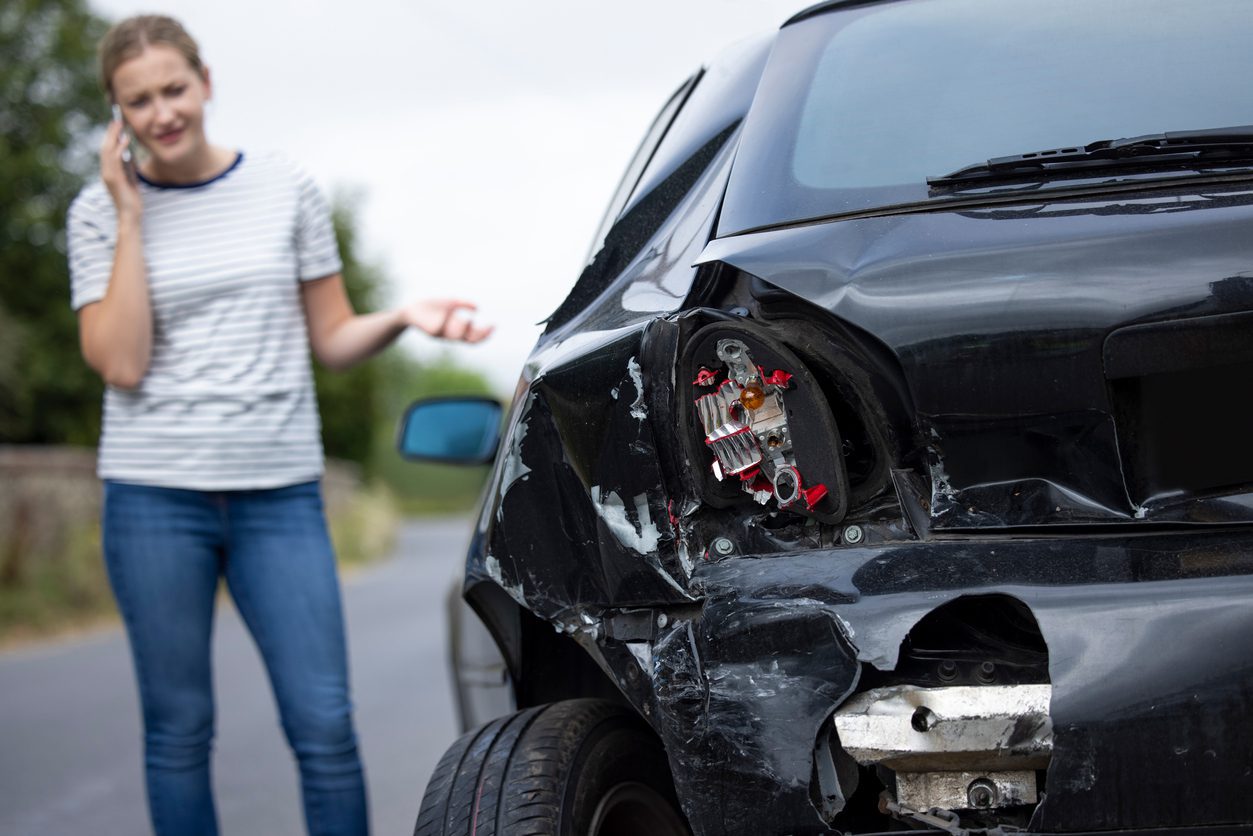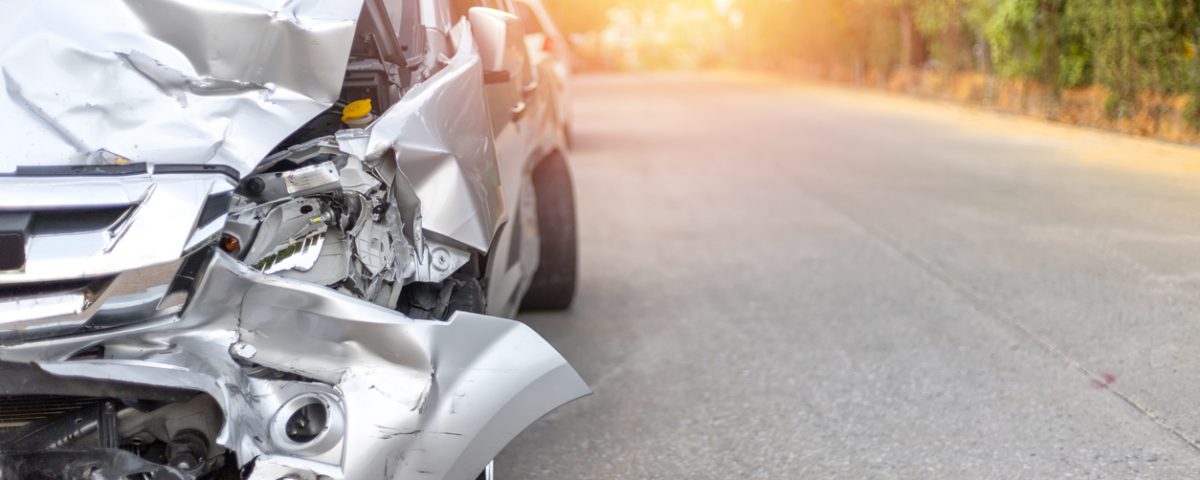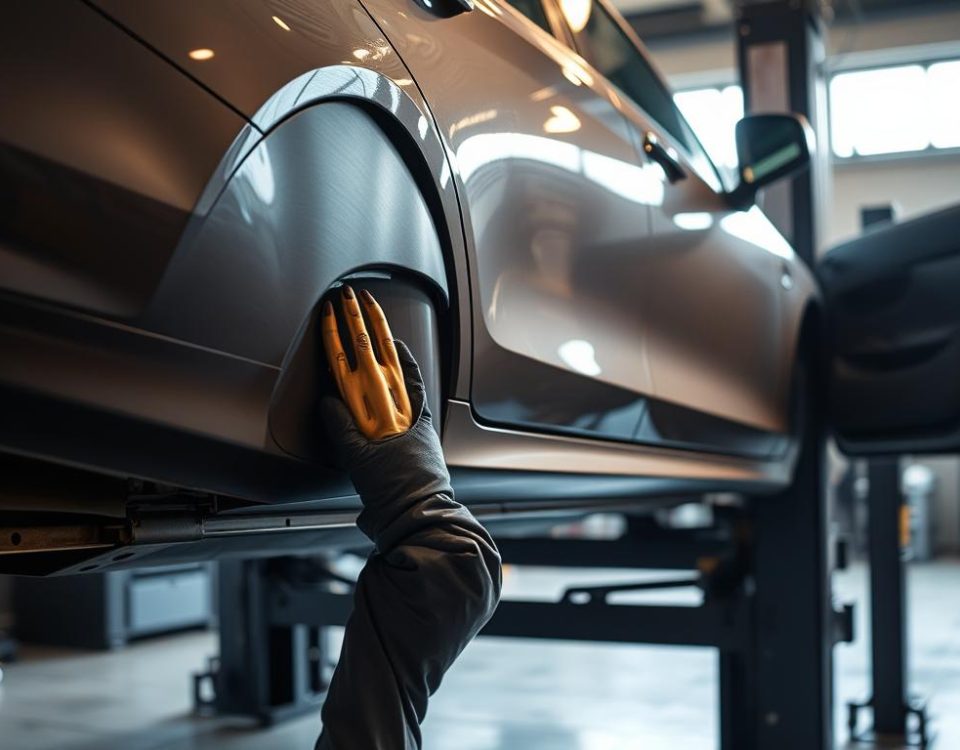
How the Body Reacts in an Auto Collision

Important Things to Do After Getting in a Car Accident
When an insurance company is investigating a car accident, an insurance company adjuster is given the task of determining who is at fault.
The Role of an Insurance Adjuster
According to an article on BenCrump.com, an insurance company adjuster reads the police report and then investigates evidence to come up with a reliable narrative. The goal of the adjuster is to know who caused the accident.
The adjuster may find out that both parties are at fault and then has to decide what percentage of fault each driver should receive. The percentage of fault and state laws determine whether a person involved in a car accident can pursue compensation.
For car repair concerns, a (paint and bodywork) center can help restore a car that is damaged as a result of an auto collision.
There are states that allow claimants to seek compensation even if they are partly at fault, but in some states claimants cannot. Claimants who do not agree with the decision of an insurance company can consult an auto collision attorney to challenge the decision of the company.
Determining Who is at Fault
The article also provides an explanation of how fault is assigned and how states have different laws when it comes to pursuing a car crash compensation.
According to the article, a car accident that involves property damage or bodily injury prompts a police investigation. Police officers show up at the scene to examine physical evidence and talk to drivers and any witnesses.
They then create a report of what occurred and determine who holds responsibility. The police report is useful in determining liability. But, the decision to determine who is at fault, is made by the insurance company.
For repairs of (car damage)s, choose Miracle Body and Paint. The company specializes in auto collision repair and restoration. Inquire now!
Various State Liability Laws
Many states use a comparative system in determining who is at fault in a car accident. Under a comparative system, each driver receives a percentage of fault depending on how much they contributed to the car crash based on the findings of insurance company investigators.
In a car accident that involves a driver cutting another car off and immediately hitting the brakes, which results in the other driver rear-ending them, the percentage of fault is shared. The driver who cuts another car off may receive 80% of the blame, while the other receives 20%.
Other states operate under a modified comparative fault system, which is like the pure comparative fault system. However, in the modified state law, a driver is not qualified to pursue compensation if the assigned share of fault is at certain percentage level, which is usually 50%.
Another type of state liability law involves contributory negligence. Under the system involving contributory negligence, liability of any degree prevents a driver from pursuing compensation from other drivers for (auto body repairs) at a (collision center) like Miracle Body and Paint. (Bumper repair), (hood repair) or complete car restoration are an expertise of Miracle Body and Paint.



